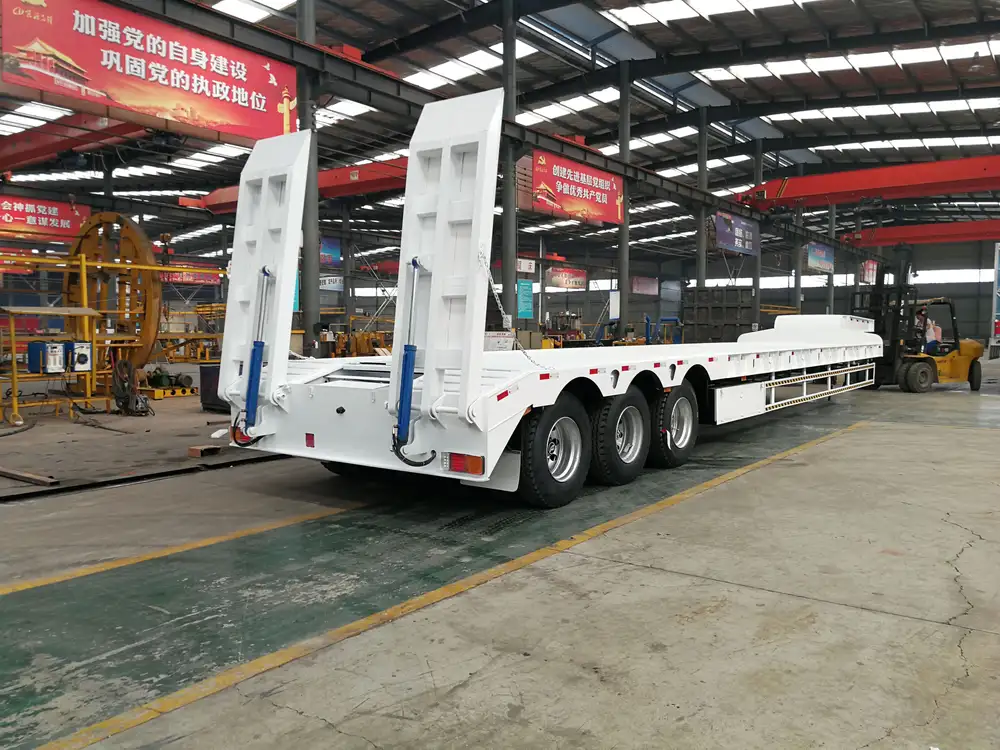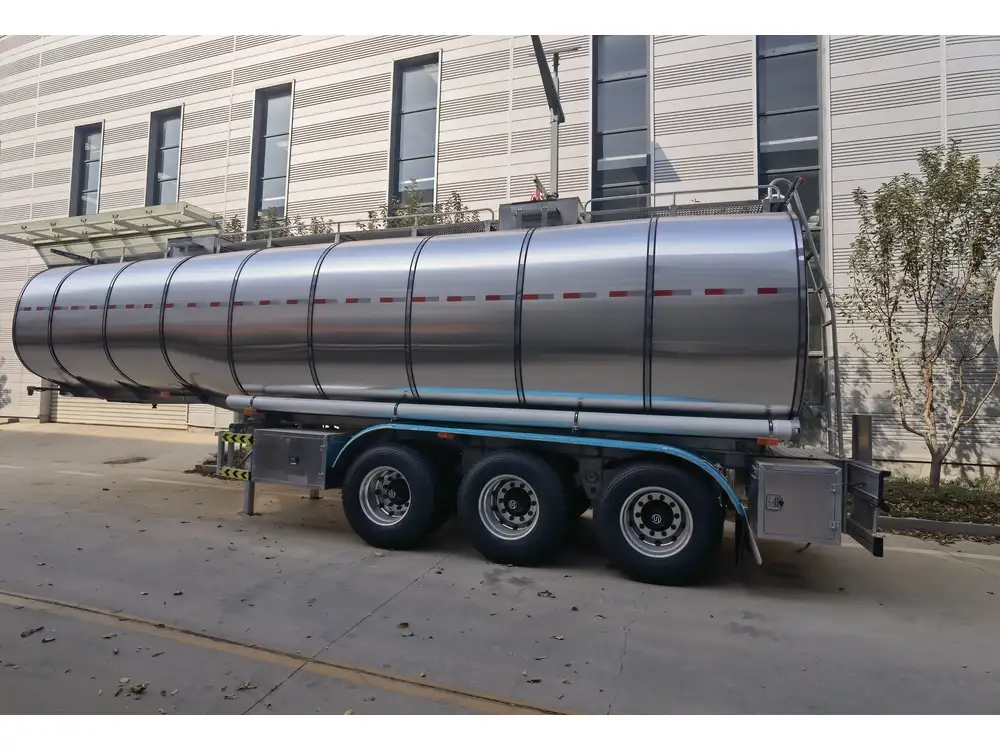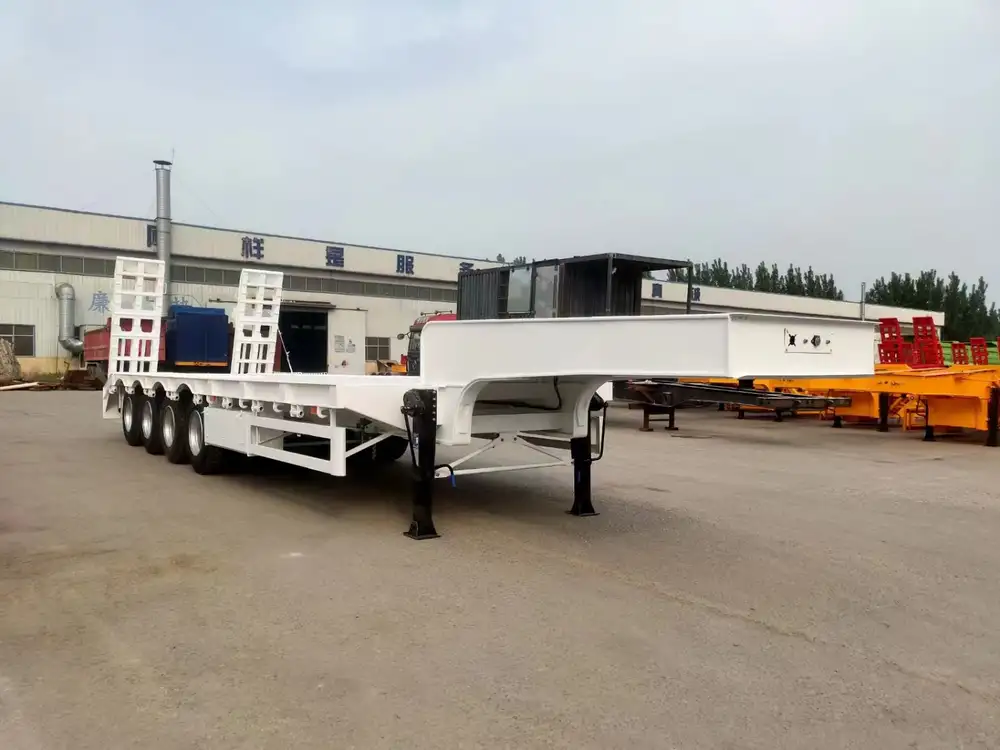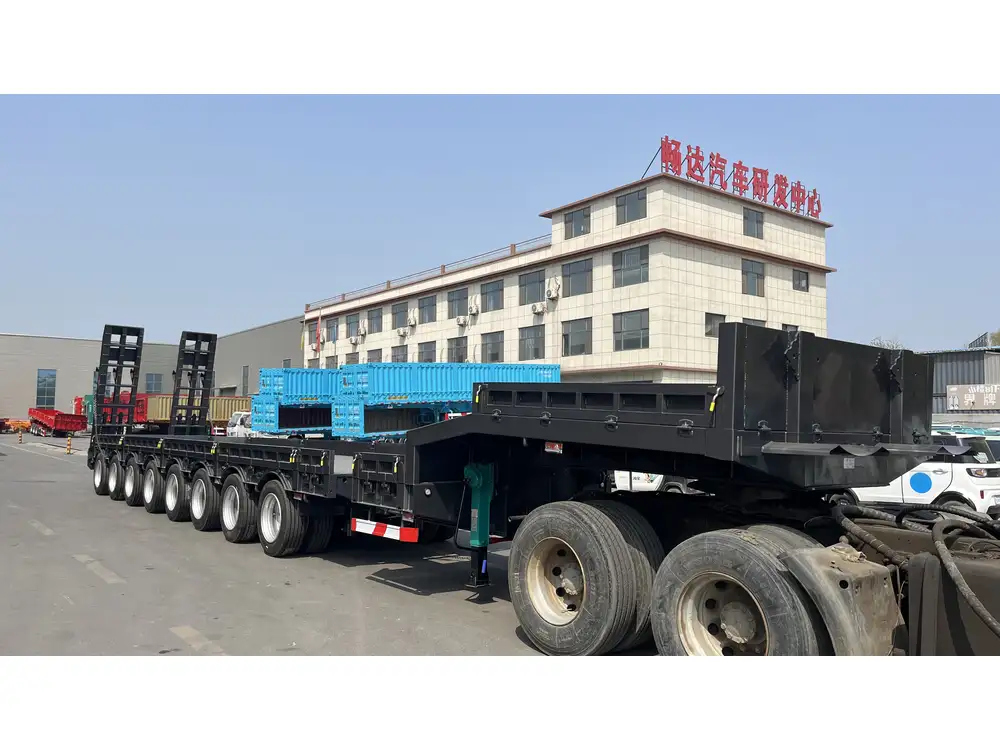In the world of transport and logistics, flatbed trailers are essential for carrying oversized and heavy loads that are not easily accommodated by standard enclosed trailers. Among the myriad of equipment designed for securing cargo, J hooks stand out as a critical component, often misunderstood yet vital. This article will delve deep into what J hooks are, their function, benefits, applications, and how to choose the right hooks for specific flatbed operations.
What are J Hooks?
J hooks, commonly referred to as J hook tie-downs, are specialized securing devices used primarily with flatbed trailers. Characterized by their distinctive J-shape, these hooks create a strong and reliable tie-down point for various cargo types. The design not only facilitates efficient strapping of goods but also ensures stability during transit.
Key Characteristics of J Hooks
- Material Composition: Typically made from high-strength steel or aluminum, J hooks can withstand significant tensile strength, making them suitable for heavy-duty applications.
- Shape and Design: Their J shape allows for easy attachment to the trailer’s structure, such as side rails or integrated track systems, facilitating quick and easy tie-down procedures.
- Versatility: Suitable for various applications, from construction materials to machinery transport, J hooks can cater to a broad spectrum of industries.

The Function of J Hooks in Cargo Securement
Understanding the function of J hooks is crucial for ensuring safety and compliance in transport. J hooks play several roles:
1. Load Stability
By providing multiple anchoring points, J hooks facilitate a thorough and secure hold on cargo, reducing movement during transport. This stability is particularly essential when dealing with heavy or irregularly shaped loads, as it minimizes the risk of shifting which can lead to accidents.
2. Enhanced Safety
Properly used J hooks can significantly enhance safety standards. Loose cargo poses hazards on and off the road, increasing the likelihood of accidents. By utilizing J hooks in conjunction with appropriate straps, the risk is minimized.

3. Compliance with Regulations
Many transport regulations stipulate the need for secure cargo. J hooks offer a reliable method to meet these regulatory requirements, ensuring that loads are properly secured and reducing the risk of fines.
Benefits of Using J Hooks on a Flatbed Trailer
The implementation of J hooks in securing cargo yields numerous advantages:
Increased Efficiency in Load Management
Efficient loading and unloading processes are essential in logistics. J hooks simplify the attachment of cargo straps, allowing for quicker setup times and smoother operations.

Cost-Effectiveness
Investing in proper cargo securing equipment like J hooks can save costs associated with load damages during transit, reducing claims and enhancing the overall productivity of fleet operations.
Flexibility and Adaptability
With a range of sizes and types available, J hooks can be adapted for various loads and trailer configurations, making them a flexible option for any flatbed trailer setup.
Durability and Longevity
Manufactured to endure harsh conditions, both metal and synthetic J hooks are built for durability. Their resilience means fewer replacements are needed, thus conserving resources in the long run.

Types of J Hooks Available
When selecting J hooks for flatbed trailers, understanding the variety available is essential:
| Type | Description | Best Use Case |
|---|---|---|
| Standard J Hook | Basic design, ideal for general use across different cargo types. | Lighter loads and general cargo. |
| Heavy-Duty J Hook | Reinforced design, constructed for heavier loads and rigorous conditions. | Construction materials and heavy equipment. |
| Swivel J Hook | Features a swiveling head to adapt to multiple angles without compromising security. | Varied load shapes and sizes in complex configurations. |
| Spring-Loaded J Hook | Incorporates a spring mechanism for automatic tension, ensuring consistent cargo securement. | Rapid operations and dynamic loading scenarios. |
How to Properly Use J Hooks for Securing Cargo
Step-by-Step Guide
Securing cargo with J hooks involves several systematic steps to optimize safety and efficiency.
Assess the Load: Evaluate the weight and shape of the cargo. Different loads may require specific configurations.
Select the Right Equipment: Choose the appropriate J hook based on your load requirements. Heavy-duty hooks may be necessary for larger items.
Position the J Hooks: Attach the hooks to the trailer’s designated tie-down points. Ensure they are evenly spaced and concentrate on areas that will provide optimal cargo stability.
Attach the Tie-Down Straps: Securely attach your cargo straps to the J hooks ensuring that the straps are tight but not overtightened to avoid damage to the cargo.
Check for Movement: Before departure, test the stability of the cargo. There should be no noticeable shifting or wobbling.
Review Regulatory Compliance: Ensure that all chosen securing methods comply with local transport regulations.
Regular Inspections During Transport: Stop periodically to ensure that cargo remains secure without shifting.

Common Issues with J Hooks and Solutions
Despite their advanced utility, J hooks can present certain challenges. Understanding these common issues and their resolutions can monitor overall safety and effectiveness in securing cargo.
| Issue | Symptoms | Solution |
|---|---|---|
| Wear and Tear | Visible damage or deformation of the hook. | Regular inspections and timely replacements. |
| Improper Loading | Inadequate support can lead to shifts or falls. | Assess load before securing and adjust. |
| Incompatible Strap Types | Straps failing or losing tension. | Use compatible high-strength straps for the weight class. |
| Rust or Corrosion | Brownish discoloration or flaky texture. | Store hooks in a dry environment and apply rust protectant. |
Comparing J Hooks with Alternative Cargo Securement Methods
Understanding where J hooks fit into the broader spectrum of cargo securement methods can help in making informed decisions.
| Method | Description | Pros | Cons |
|---|---|---|---|
| J Hooks | Specialized hooks for tying down cargo effectively. | Durable, versatile, easy to use. | Requires proper attachment and checks. |
| Ratchet Straps | Stores and maintains tension through ratcheting mechanism. | Excellent hold on loads. | More complex to use and can damage cargo if overtightened. |
| Chained Straps | Heavy-duty straps used for securing large and heavy cargo. | Extremely durable; can handle maximum load weight. | Heavier and more cumbersome to manage. |
| Webbing Straps | Lightweight straps usually made of polyester, suitable for lighter goods. | Easy to handle, budget-friendly. | Less secure for heavier loads. |
Conclusion
J hooks are an indispensable component in the toolkit of anyone involved in transporting goods using flatbed trailers. Their distinct design, functionality, and versatility make them a preferred choice for many industries. Understanding their benefits, types, and proper usage will not only enhance cargo security but also improve operational efficiency and safety.
Choosing the right J hooks and using them effectively can significantly impact the transport process, providing peace of mind to operators and ensuring loads reach their destinations unharmed. As industry demands evolve, staying informed about the latest in cargo securement technology, including advances in J hook design and materials, will be pivotal for manufacturers and logistics companies alike.
Investing in high-quality J hooks and ensuring their proper usage ought to be a top priority for those looking to optimize their flatbed trailer operations. By doing so, one can ensure that efficiency, safety, and compliance in cargo transportation are not merely goals, but realities.



